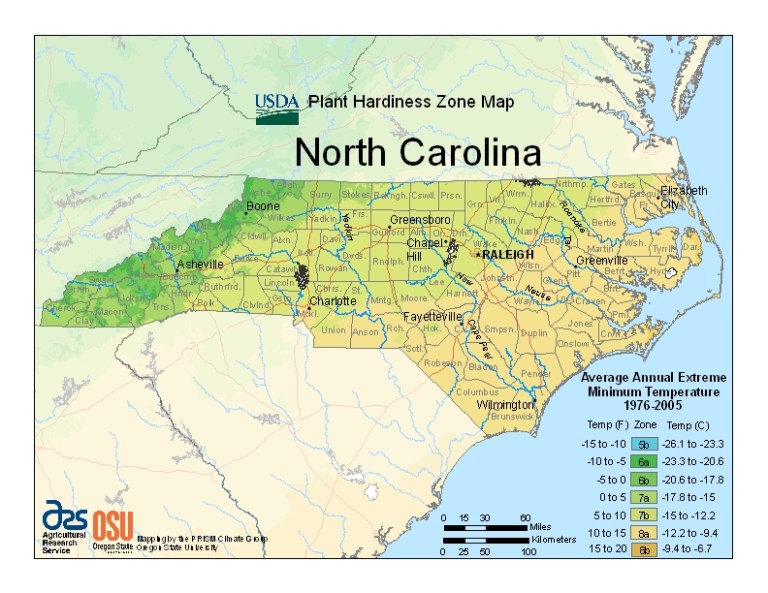Dreaming of vibrant blooms and bountiful harvests in your Zone 5 garden? The key to success lies in understanding the intricacies of your region's unique growing season. Knowing the perfect moment to plant is crucial for giving your plants the best chance to flourish. Let's unlock the secrets to successful Zone 5 gardening.
Zone 5, characterized by its distinct seasons and moderate winters, presents both opportunities and challenges for gardeners. Navigating the frost dates and fluctuating temperatures requires careful planning. But with the right knowledge, you can transform your garden into a vibrant oasis, bursting with color and life.
While the concept of planting zones might seem modern, the practice of observing nature’s cues for planting has ancient roots. Early farmers and gardeners relied on traditional knowledge, passed down through generations, to determine the optimal planting times. The development of formalized planting zones, based on average minimum winter temperatures, provided a more scientific approach to gardening, empowering gardeners with valuable information for successful planting.
Understanding the right planting schedule for Zone 5 is paramount for achieving healthy plant growth and abundant yields. Planting too early exposes tender seedlings to damaging frosts, while planting too late can shorten the growing season and limit productivity. Mastering the art of timing is essential for maximizing your garden's potential.
The last average spring frost in Zone 5 typically occurs between mid-May and late May, while the first average fall frost arrives between mid-September and late September. This window provides a relatively short growing season of approximately 120-140 days. Therefore, knowing the specific frost dates for your microclimate within Zone 5 is essential for making informed planting decisions.
Cool-season crops like lettuce, spinach, and peas can be sown directly outdoors a few weeks before the last spring frost. Warm-season crops like tomatoes, peppers, and cucumbers, however, require warmer soil temperatures and should be started indoors or transplanted outdoors after the danger of frost has passed.
One of the significant benefits of understanding the ideal planting time for Zone 5 is maximizing the growing season. By planting at the optimal time, you allow your plants the longest possible period to develop, mature, and produce an abundant harvest.
Another advantage is minimizing the risk of frost damage. By carefully monitoring frost dates and planting accordingly, you protect your vulnerable seedlings from the devastating effects of late spring or early fall frosts.
A third benefit is improved plant health and vigor. Planting at the right time ensures that your plants have access to the optimal soil temperatures, sunlight, and moisture levels they need to thrive.
Advantages and Disadvantages of Early/Late Planting in Zone 5
| Action | Advantages | Disadvantages |
|---|---|---|
| Planting Early | Longer growing season for some crops | Risk of frost damage |
| Planting Late | Avoids frost risk | Shorter growing season, reduced yields |
Best Practices:
1. Know your frost dates: Determine the average last spring frost and first fall frost dates for your specific location within Zone 5.
2. Start seeds indoors: For warm-season crops, start seeds indoors 6-8 weeks before the last expected frost.
3. Harden off seedlings: Gradually acclimate seedlings to outdoor conditions before transplanting them into the garden.
4. Monitor soil temperature: Use a soil thermometer to ensure the soil has reached the appropriate temperature for planting.
5. Choose the right plants: Select varieties that are well-suited to Zone 5's growing season.
FAQs:
1. When should I plant tomatoes in Zone 5? After the last spring frost.
2. Can I plant lettuce directly outdoors in Zone 5? Yes, a few weeks before the last frost.
3. When should I start seeds indoors for peppers in Zone 5? 6-8 weeks before the last frost.
4. What is the average growing season in Zone 5? 120-140 days.
5. When can I plant flowers in Zone 5? Depends on the type, but generally after the last frost.
6. How do I find my local frost dates? Check online resources or contact your local agricultural extension office.
7. What are some good cool-season crops for Zone 5? Lettuce, spinach, peas, radishes.
8. What are some good warm-season crops for Zone 5? Tomatoes, peppers, cucumbers, squash.
In conclusion, understanding when to plant in Zone 5 is essential for a successful and bountiful garden. By considering your local frost dates, starting seeds indoors for warm-season crops, and hardening off seedlings before transplanting, you can give your plants the best chance to thrive. Following these best practices and utilizing available resources will empower you to cultivate a vibrant and productive garden, no matter the challenges of Zone 5's unique climate. Embrace the journey of gardening, and remember that the rewards of fresh, homegrown produce are well worth the effort.
Planting zones are shifting north as the climate warms - Trees By Bike
Perennial Garden Plans Zone 5 Full Sun at Pamela Weishaar blog - Trees By Bike
Vegetable Garden Plans Zone 6 at Edward Erhart blog - Trees By Bike
Vegetables Per Season at Ethel Hunger blog - Trees By Bike
The Easiest Way to Propagate Woody Plants - Trees By Bike
Us Plant Hardiness Zones 2023 By Zip - Trees By Bike
Shop Seeds By Zone at Levi Grimsley blog - Trees By Bike
When To Plant Sage Zone 5B at Wayne Mead blog - Trees By Bike
Rose Bushes For Zone 7 at Paul Guzman blog - Trees By Bike
usda plant hardiness zone - Trees By Bike
When To Plant Fall Flowers In Ohio at Wanda Lampe blog - Trees By Bike
Plant Grow Zone Map at Jamie Parris blog - Trees By Bike
What Plants Grow In Spring And Summer at David Lovett blog - Trees By Bike
What Vegetables Can I Grow In Zone 9B at Corey Crisp blog - Trees By Bike
Navigating The Seasons A Comprehensive Guide To Wisconsin - Trees By Bike














